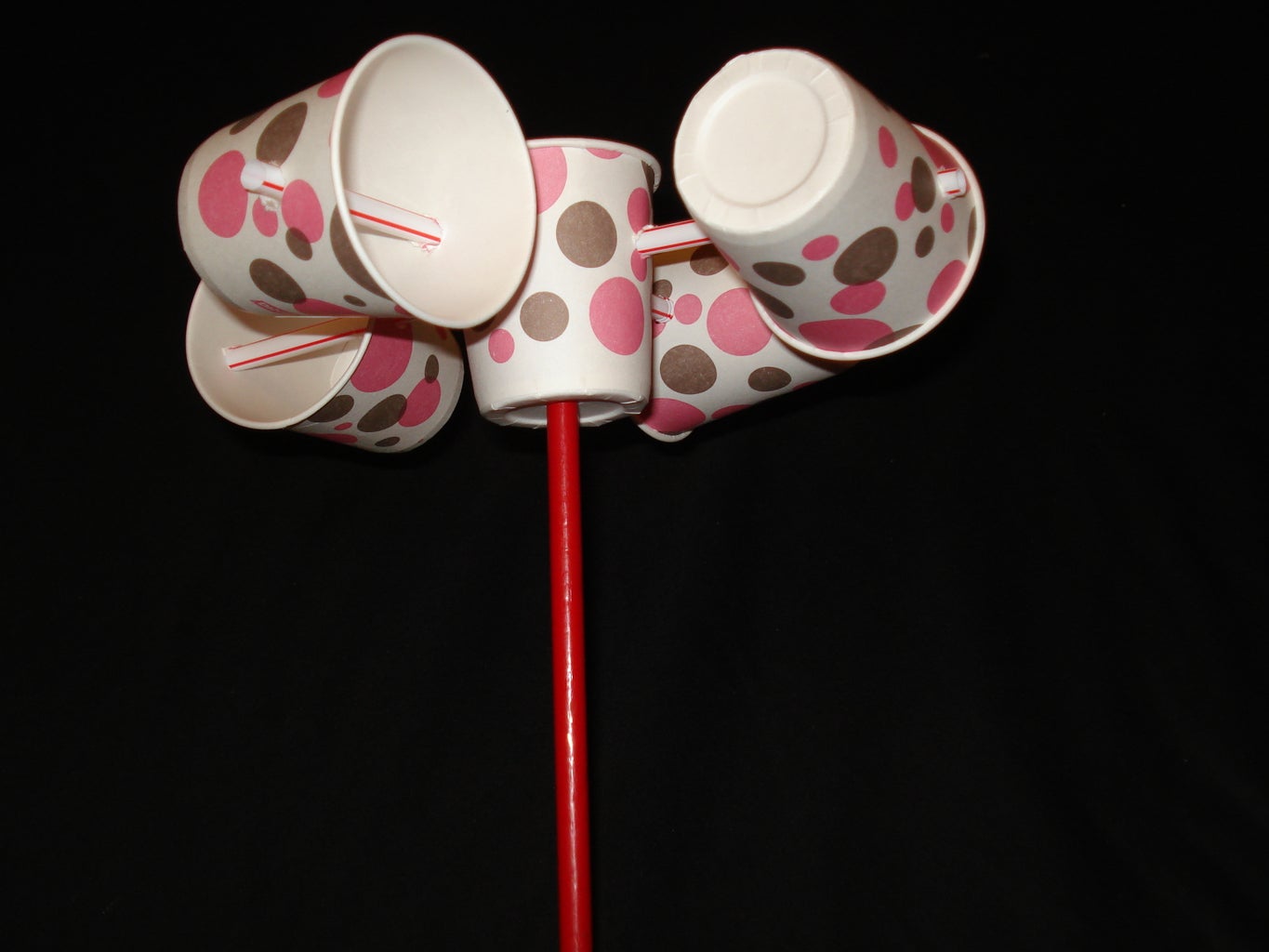Checking Out the Functions and Benefits of Anemometers for Weather Condition Lovers and Experts
Anemometers stand as instrumental devices in the realm of weather tracking, satisfying both lovers and skilled professionals alike. These gadgets use a window into the vibrant globe of wind patterns and rates, giving indispensable information for atmospheric evaluation and projecting. From mug anemometers to sonic anemometers, each type brings its distinct collection of applications and benefits, clarifying numerous elements of atmospheric problems. As we dive into the features and advantages of anemometers, a deeper understanding emerges not just of prevailing weather condition sensations but likewise of the wider ramifications for industries like wind power production and ecological study.
Value of Anemometers in Weather Tracking
Anemometers play a crucial role in weather monitoring by giving exact measurements of wind rate, assisting in forecasting and understanding weather condition patterns. These instruments, varying from standard mug anemometers to modern-day ultrasonic anemometers, are crucial for meteorologists, researchers, and weather condition fanatics alike.

Kinds of Anemometers and Their Applications
With the important duty anemometers play in climate monitoring and forecasting, understanding the numerous kinds of these instruments and their applications comes to be necessary for experts and enthusiasts in the field. The most usual kinds of anemometers include mug anemometers, vane anemometers, hot-wire anemometers, and ultrasonic anemometers. Mug anemometers contain 3 or 4 cups placed on horizontal arms that turn with the wind, determining its rate. Vane anemometers, on the various other hand, use an openly revolving vane to straighten with the wind instructions, giving both wind rate and instructions measurements. Hot-wire anemometers operate based upon the principle of convective heat transfer, where the cooling impact of the air circulation is determined to identify wind speed. Ultrasonic anemometers make use of ultrasonic acoustic wave to compute wind speed and instructions properly.
Cup anemometers are suitable and durable for basic climate surveillance, while vane anemometers are favored for directional measurements. Ultrasonic anemometers are non-intrusive and provide high accuracy, typically utilized in research study and specialized climate tracking applications.
Advantages of Utilizing Anemometers in Forecasting
In weather forecasting, the utilization of anemometers supplies important advantages for improving the precision see here now of climate forecasting. Anemometers determine wind rate and instructions, providing vital data for forecasting weather patterns. By integrating wind data into projecting designs, meteorologists can better recognize the activity of weather systems, prepare for changes in weather, and concern a lot more exact projections.
Additionally, anemometers play a vital role in assessing potential weather condition risks. Checking wind speeds helps forecasters anticipate serious weather events such as typhoons, hurricanes, and winter season tornados with better precision. This very early caution system enables authorities to issue timely alerts and implement required safety and security steps, decreasing the dangers to life and property.
In addition, anemometers assist in optimizing renewable resource production. By examining wind patterns, meteorologists can determine suitable locations for wind farms and forecast power outcome, adding to the effective generation of wind power.

Anemometers in Wind Energy Production
Given the crucial function anemometers play in supplying accurate wind information for weather condition projecting and risk analysis, their importance reaches the realm of wind power manufacturing. Anemometers are vital tools in the field of wind power, where the measurement of wind speed and direction is critical for determining the feasibility and effectiveness of wind turbine setups. By properly measuring wind rates at differing elevations, anemometers aid optimize the positioning and layout of wind generators to maximize energy result.
In wind farms, anemometers are purposefully placed to gather real-time wind data that is utilized to analyze the prospective power production of a website. This data is critical in figuring out the financial practicality of wind energy projects and in projecting power generation to ensure grid security. Furthermore, anemometers aid in keeping track of wind conditions to enhance turbine efficiency, avoid damages from high winds, and make sure the safety of workers operating in the vicinity of wind turbines.
Enhancing Weather Condition Understanding With Anemometers

Anemometers play a crucial duty in boosting our understanding of microclimates. These localized climate conditions can differ substantially from more comprehensive local forecasts, making it vital to have accurate data for specific locations. anemometer. By strategically positioning anemometers in various places, scientists can collect in-depth info on exactly how wind acts in different terrains, metropolitan atmospheres, or bodies of water
Moreover, anemometers contribute to enhancing climate projecting models by supplying real-time data on wind habits. This information is especially useful for anticipating serious weather condition occasions, enhancing farming practices, and supporting markets like aeronautics and maritime navigation. In general, anemometers are important tools link that enable us to delve deeper into the intricacies of climate systems, eventually leading to even more better-informed choices and precise predictions.
Conclusion
In verdict, anemometers play a critical role in weather condition tracking and projecting by gauging wind rate and direction. Anemometers likewise have applications in wind power manufacturing, more highlighting their significance in both meteorology and renewable energy industries.
From mug anemometers to sonic anemometers, each kind brings its distinct set of applications web and advantages, dropping light on different facets of climatic conditions. These instruments, ranging from typical mug anemometers to modern ultrasonic anemometers, are necessary for meteorologists, scientists, and weather condition fanatics alike. The most usual kinds of anemometers consist of mug anemometers, vane anemometers, hot-wire anemometers, and ultrasonic anemometers. Mug anemometers are appropriate and durable for general weather condition tracking, while vane anemometers are favored for directional measurements. Anemometers are vital tools in the area of wind power, where the measurement of wind rate and direction is vital for determining the feasibility and efficiency of wind turbine installments.
Comments on “Professional Tips for Calibrating Your Anemometer for Optimal Performance”